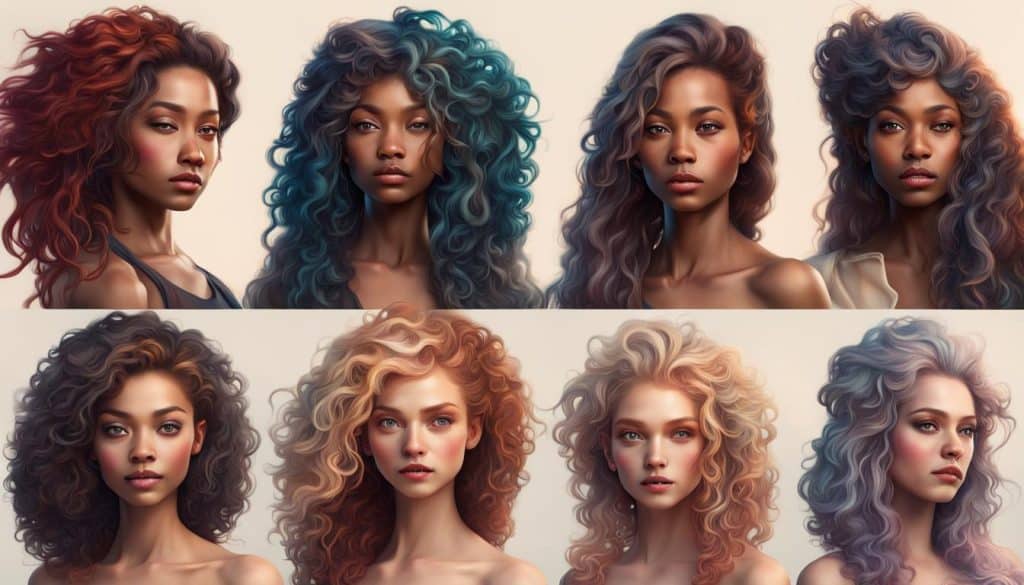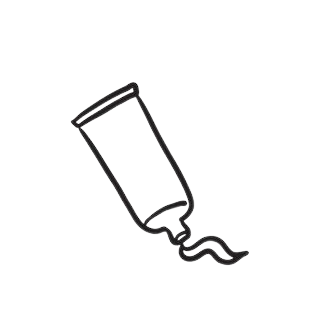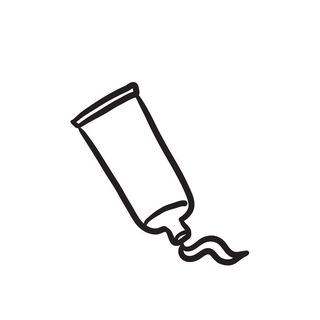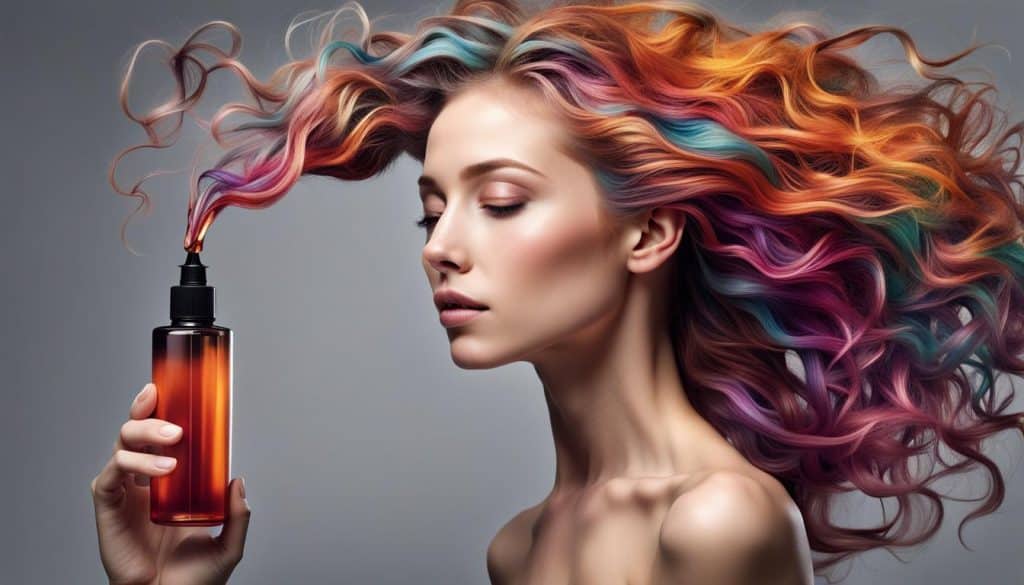
The Ultimate Guide to Hair Care Formulation
The Ultimate Guide to Hair care formulation has come a long way from simple shampoos and conditioners. In today’s beauty industry, the quest for healthy, luscious locks has led to the development of advanced hair care formulation that combine science and artistry. These formulations, which encompass everything from basic to specialized hair growth treatments, are carefully crafted to address a wide range of hair concerns. In this exploration of the science behind hair formulation, we’ll dive deep into the world of hair science, examining the key components that make these products effective and transformative. Check out our other hair care tips and tricks for better look.
Understanding the Ultimate Guide to Hair Care
At its core, hair formulation is the science of creating hair care products that cater to specific hair needs. Whether you’re dealing with hair loss, dryness, frizz, or other concerns, the key to finding the right product lies in understanding the ingredients that make up the formulation. Here, we’ll explore three key aspects of hair formulation: Hair Formulation, Hair Growth Formulation.
The Basics
Hair Formulation serves as the foundation for all hair care formulation products.

It involves the careful selection and combination of ingredients to create a solution that effectively addresses specific hair needs. These formulations are tailored to different hair types and concerns, allowing individuals to choose products that suit their unique requirements.
Unlocking the Secret to Fuller Locks
Hair Growth Formulation focuses on ingredients and compounds that stimulate hair follicles and promote hair growth. If you’re on a journey to achieve longer and thicker hair, understanding the key components of effective hair growth formulations is crucial.

Proteins: Hair is primarily composed of a protein called keratin. Hair growth formulations often incorporate proteins to strengthen hair strands, reduce breakage, and support healthy growth.
Vitamins and Minerals: Nutrient deficiencies can contribute to hair loss. Effective formulations may include vitamins like biotin and minerals like zinc to nourish the hair follicles.
Botanical Extracts: Natural extracts such as saw palmetto and ginseng have been shown to inhibit the effects of hair loss and promote hair growth.
Nourishing Your Locks
The ultimate guide to Hair care formulation is all about maintaining the health and appearance of your hair. It addresses a wide range of issues, from dryness and damage to frizz and color preservation.

To create formulations that nurture your locks, it’s important to consider the following components:
Moisturizing Agents: Dry and damaged hair can benefit from formulations containing ingredients like shea butter, argan oil, and hyaluronic acid to lock in moisture and prevent dehydration.
Hair Strengtheners: To combat breakage and brittleness, formulations may include ingredients like keratin, amino acids, and collagen to improve hair’s strength and elasticity.
Color Protection: For those who color their hair, UV filters and antioxidants are often included to shield hair from the damaging effects of the sun and prevent color fading.
The Science Behind Hair Care Formulation
Hair formulation is a complex blend of chemistry, biology, and product development. Scientists and experts in the field carefully select and combine ingredients based on their properties and the specific needs they address. Here are some key scientific principles that guide the process:

Chemical Compatibility: Each ingredient must be compatible with others in the formulation to ensure stability and effectiveness. Compatibility testing is crucial to avoid undesirable reactions.
pH Balance: The pH level of a product can significantly impact its performance. Hair, for example, has a slightly acidic pH, and formulations aim to mimic this acidity to maintain hair health.
Penetration and Absorption: Scientists study how well ingredients penetrate the hair shaft and the scalp to deliver their benefits effectively. This includes considering the size and structure of molecules.
Clinical Testing: Formulations undergo rigorous clinical testing to ensure safety and efficacy. These tests involve human trials to assess the impact of the product on real hair and scalp.
A Deeper Dive in the Ultimate Guide to Hair Care
Understanding the science of hair growth is crucial for effective hair growth formulation. Hair grows from hair follicles embedded in the scalp. Each follicle has a growth cycle consisting of three phases: anagen (growth), catagen (transitional), and telogen (resting).
Hair growth formulations target the anagen phase, aiming to extend it and encourage the growth of new hair. Ingredients like minoxidil and finasteride have been scientifically proven to promote hair growth by prolonging the anagen phase and increasing the size of hair follicles.
Additionally, ingredients like caffeine stimulate blood flow to the scalp, ensuring that essential nutrients reach hair follicles. This is why you may find caffeine as a key component in many hair growth formulations.
The Science of Nourishment
In the ultimate guide to hair care formulation, the focus shifts to maintaining and improving the condition of the hair. Here are some scientific principles that come into play:

Hydrophobic and Hydrophilic Balance: Hair has a complex structure, with both hydrophobic (water-repelling) and hydrophilic (water-attracting) regions. Formulations must strike a balance to ensure even distribution of moisture and protection.
Surfactants: Surfactants are compounds that cleanse the hair by lowering the surface tension between hair and water. They help remove dirt and oils. However, harsh surfactants can strip away natural oils and disrupt the hair’s protective barrier, leading to dryness and damage. Formulators choose surfactants carefully to balance cleansing and hair health.
Emollients and Humectants: Emollients like silicones and natural oils create a protective layer that smoothens the hair surface. Humectants like glycerin attract moisture from the environment and lock it into the hair.
Polymer Science: Polymers in ultimate guide to hair care formulations help with styling and hold. They also provide a protective barrier against environmental factors.
Antioxidants: Antioxidants combat the damaging effects of free radicals, which can weaken hair. Vitamins like vitamin E and antioxidants like green tea extract are often included in formulations to protect hair from oxidative stress.
Heat Protection: For those who use heat styling tools, formulations often include ingredients that provide heat protection by forming a shield around the hair shaft.
Innovations in the Ultimate Guide to Hair Care
As scientific understanding and technology continue to advance, so does the world of hair care formulation.

Innovations such as nanotechnology allow for the creation of smaller, more effective particles that can penetrate hair and deliver nutrients more efficiently.
Furthermore, the use of plant stem cells and peptide technology has opened new possibilities for hair growth and repair formulations. These advanced ingredients target specific concerns at the cellular level.
For Different Hair Types
Not all hair is the same, and effective hair formulation takes this into account.

Different hair types require different formulations to address their unique needs. Here are some examples:
Curly and Coiled Hair: These hair types benefit from formulations that emphasize moisture retention and frizz control. Ingredients like shea butter, coconut oil, and argan oil are popular choices.
Fine and Thin Hair: Formulations for fine hair often focus on volumizing and strengthening. Ingredients like hydrolyzed proteins and lightweight polymers can add body and fullness.
Color-Treated Hair: Hair that has been color-treated needs formulations that offer color protection. UV filters, antioxidants, and ingredients like keratin can help maintain vibrancy and prevent fading.
Conclusion
The science of hair formulation is a fascinating journey into the world of hair and transformation. It’s the science that allows us to address a myriad of hair concerns, from growth and strength to moisture and color preservation. Whether you’re selecting a hair growth formulation or a daily hair care product, understanding the science behind the ingredients can help you make informed choices and achieve the beautiful, healthy hair you desire.
In the ever-evolving field of beauty and the ultimate guide to hair care, ongoing research and innovation continue to drive the development of new and improved formulations. As technology and scientific understanding progress, we can look forward to even more effective and personalized solutions for our unique hair needs. So, the next time you reach for that bottle of shampoo or hair treatment, remember that there’s an intricate world of science and formulation working behind the scenes to help you unlock the full potential of your hair.


